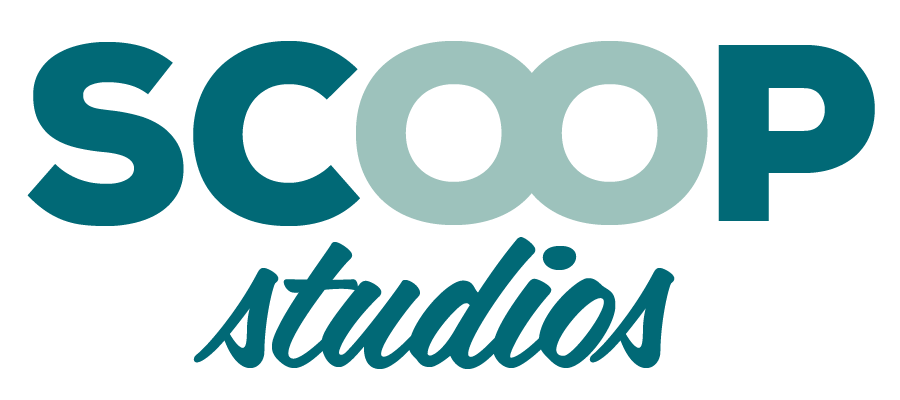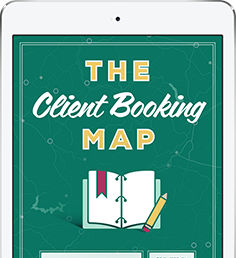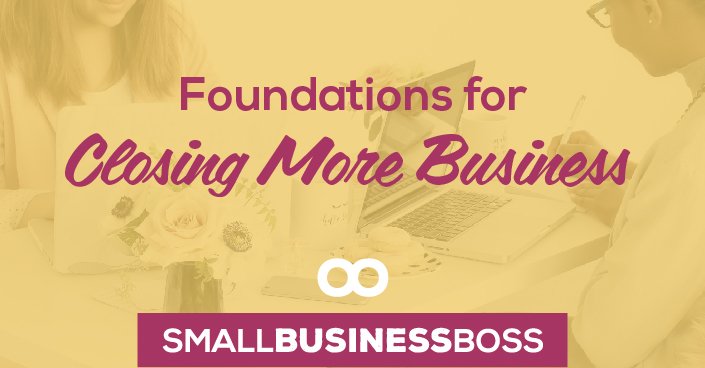If you’ve been online, or even in business, for a hot second, you’ve heard people talk about how to define your ideal client.
Defining your ideal client is business 101 because if you don’t know who you’re marketing or selling to, it’s going to be very challenging to do anything else.
While ideal client exercises are common, most of them are incredibly flawed as they only scratch the surface.
Let’s recap why exactly that is.
Typical ideal client avatar exercises focus in on information that you’re literally guessing at. You’re looking at their demographic info like how old they are, where they live, what kind of shoes they like or what magazines they read.
This information is a good start, but it doesn’t really tell you that much about your ideal client and fails to tell you what you really need to know to connect with potential clients.
The key to defining your ideal client relies on you going beyond the superficial details using these strategies:
Tracking Client Trends
If you already have clients, you’ve got a treasure chest of ideal client data right at your fingertips.
The easiest place to start is to look at your most favorite clients and see what they have in common. Noticing those trends or patterns can help you learn a lot about the right clients for you.
Questions to explore with your existing clients:
-
Are they all at the same point in their business? Revenue level?
Why do they typically hire you? -
What are their shared values? Common challenges?
-
What do they have in common in terms of personality traits? Their approach?
Many times, you’re able to identify the trends between your best clients. You can then do the same with your less than ideal clients too. (They will have things in common as well!)
When you see those commonalities, you’ll get a unique insight into how to speak to them and best serve them.
For example, maybe you notice that your clients tend to be female, have a strong professional background and are around the $50k mark in their business. That gives you some intel on how to approach them and what they may be struggling with that will help you find, book and wow these types of clients.
One area where we’ve seen a significant pattern with our clients is when it comes to their Fascination Advantage. We tend to attract clients with primary prestige, innovation, power or mystique, so we speak to those archetypes specifically in our marketing. It’s a pattern that helped us dial in our word choice and understanding what really matters to our clients.
Speak Their Language
Speaking of word choice, when you’re talking to or communicating with ideal clients, you want them to feel like you completely understand them. As a writer, one of my favorite things to hear is “it’s like you’re in my head” as it means I’m doing my job and connecting with them on an emotional level.
Even if you’re not a copywriter, you can find the right words for how your ideal clients describe a problem, talk about a solution or even for what they’re thinking.
The first place to start is to listen. Actively pay attention to the exact words that people who are your ideal client use.
When you’re speaking with clients, note how they articulate a challenge or address a specific situation. The words they choose are powerful for you when it comes to connecting with them.
If you don’t have many clients, go where your clients are. If they’re in Facebook groups, note what they write in those groups or if they are at an event you’re at, make a point of chatting with them. This time will always yield some interesting items of note that you wouldn’t necessarily be able to pinpoint on your own.
Finally, if those avenues aren’t an option, head to sites that have reviews where your ideal clients are. Everything from Amazon to Yelp can provide you with the messages that your ideal clients use. Their words are literally just waiting for you to take and tweak for use in your business.
Customer Research
Back when I worked with corporate clients, I used to spend a lot of time on the phone interviewing their customers. Part of my role was to learn how how they were using my client’s products so we could use their stories in our marketing, but my secret mission was often to learn more about these types of customers.
The more we were able to learn from these interviews, the better everyone in the company – from product development to sales – was able to respond to their needs.
Customer research takes time and energy, but it takes things to the next level by providing you with details that are often surprising.
It’s important to note that customer research at this level can be done via interviews (which I can’t recommend enough) as well as by surveys. If you’re going to pursue this type of research, take the time to carefully design your questions for the interview or survey so you’re asking for the input that you really need.
Every single time I’ve surveyed my own audience I’ve learned information that took me completely off guard, but allowed us to respond in a thoughtful and strategic manner.
For example, last Summer we asked our community in an informal poll what areas of their business they were struggling with most. And their answer was definitely not what we expected.
For the record, they said that finding and booking clients was their #1 challenge. Based on this we were able to develop different resources and trainings, and focus our sales/marketing efforts in a way that spoke to this challenge faced by our ideal clients.
It’s a prime example of how a little bit of research can give you amazing insight into your ideal client and how to best serve them.
[embed_popupally_pro popup_id=”15″]





